What is an Image Alt Tag & How to Optimize Images
Image Alt tags are short text snippets used to relate the image used on a particular web page to the content that it contains. In simple words, image Alt tags provide a description for the images used on a web page so that search engines can use the text to understand what the image is about and use that information to rank the web page for a particular search query. This plays an important role in SEO and image Alt text SEO is a wonderful way to help your SEO cause.
Alt text on WordPress is one such way to improve SEO when an image is uploaded to WordPress. WordPress has an edit option that appears when new images are uploaded and you can use it to change Alt text descriptions, URL slugs, and more. Alt text on Shopify is another great tool to provide descriptions for your product images which will help you rank better and ultimately, sell more!
Table of Contents
Image Optimization
Web pages have changed drastically over the years. Now, visuals are taking up more space than ever. One of the key factors in the loading time of web pages is the rich media content (including images, videos, audio, and GIFs) displayed there.
According to a survey conducted two years ago, approximately half of the average bytes used were for images downloaded by people who frequented web pages. In lieu of this, optimization of images started to take place. By optimization of images, a reduction in the file size occurs that ultimately serves to reduce the time a page takes to load. leading to a much better and more effective user experience.
Advantages of Image Optimization
One major benefit of image optimization is a reduction in bounce rates. If a web page loads quickly, the user is more likely to stay on that page. This is because customers are more engaged when visuals load more quickly.
Also, with image optimization, the bandwidth a page takes to load reduces. This means the operating cost will be reduced and the business will be able to save money to spend elsewhere.
But the most major benefit of image optimization is probably the improvement in the search rankings that take place. The loading time plays a crucial role in search engine rankings and with a lower bounce rate, your page will rank higher on any search engine.
Strategies for Image Optimization
Some strategies that work best for Google image optimization to improve the user experience and reduce the loading time include:
Choosing the Right File Format
Before modifying the image, the selection of the best file type is paramount. Some common file types include PNG, JPEG, and GIF. PNG increases the file size and produces high-quality images, whereas JPEG is adjustable in terms of both the file size and the quality with a scale ranging from 1 to 100%. GIF is mostly used for animations.
Using Progressive JPEG Formats
JPEG has two modes: baseline loading mode, and progressive loading mode. Progressive loading JPEG mode is a good strategy for SEO image optimization as the image quality improves gradually during loading. The quality of the image keeps increasing as more of the image is loaded. Using this format works great with users with a slow Internet connection. The same can’t be said for the baseline loading mode where an image is displayed in high quality throughout.
Using Next-Generation Image Formats
Google’s website optimization guidelines also recommend these formats. For image SEO best practices, the next-generation image format used is widely recognized. These formats include JPEG-XR and WebP and allow the image quality to remain the same even after compression of the file. The only issue with these formats is that they’re not supported by every browser. In case the browser doesn’t support this format, a backup image file of a different format should be displayed, such as a PNG file format.
Use of Caching
This technique displays the content quickly on the web page. The image files are stored in a browser cache or proxy server. The page loading time is also significantly sped up by caching.
Compression of Files
This common technique reduces the size of an image which helps improve loading time for web pages.
The Bottom Line
Using various techniques for optimizing your web page can help you greatly improve your SEO and, consequently, generate more leads and sales. Using image Alt tags along with the various other techniques mentioned above to optimize images for search engines can help you rank higher – so what are you waiting for?
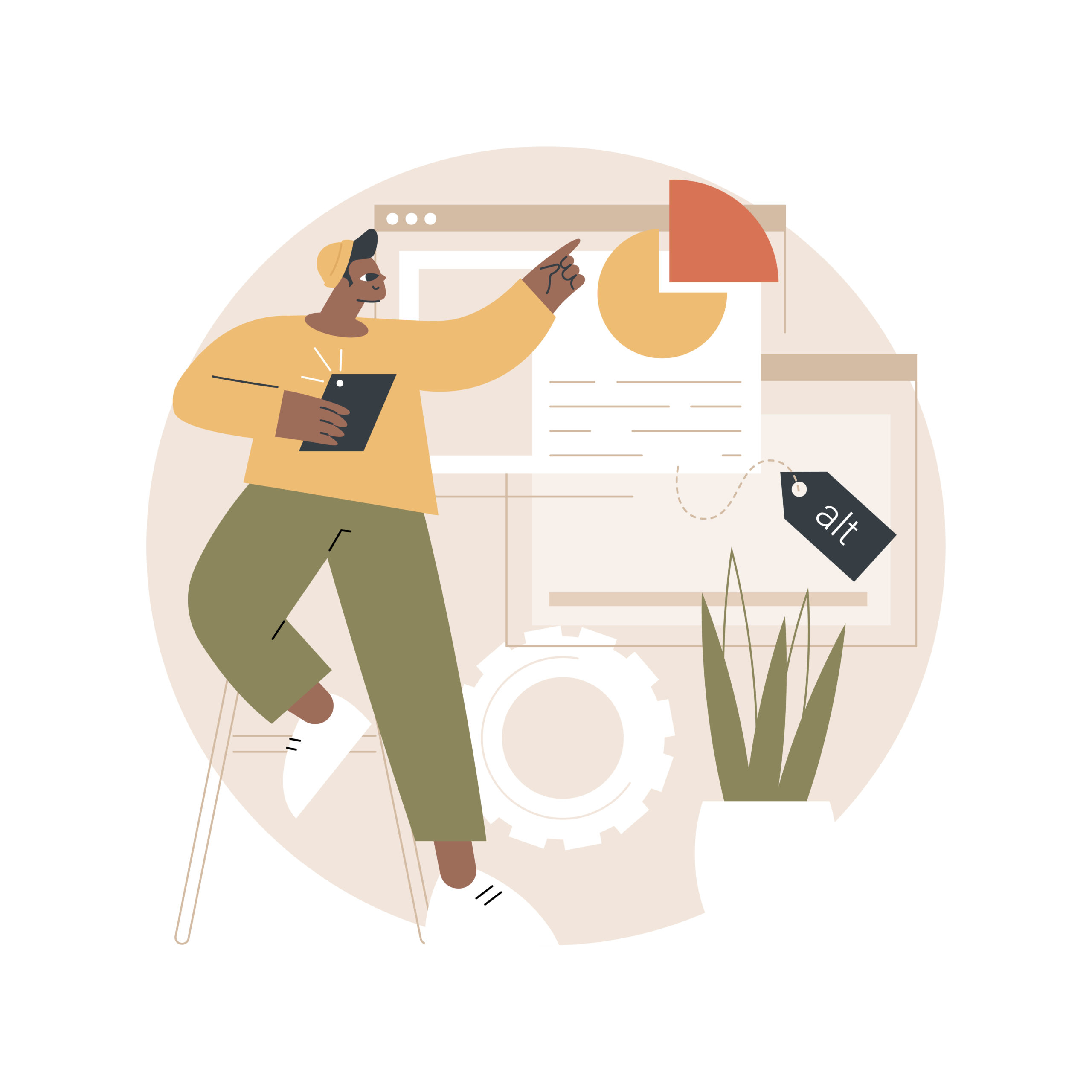
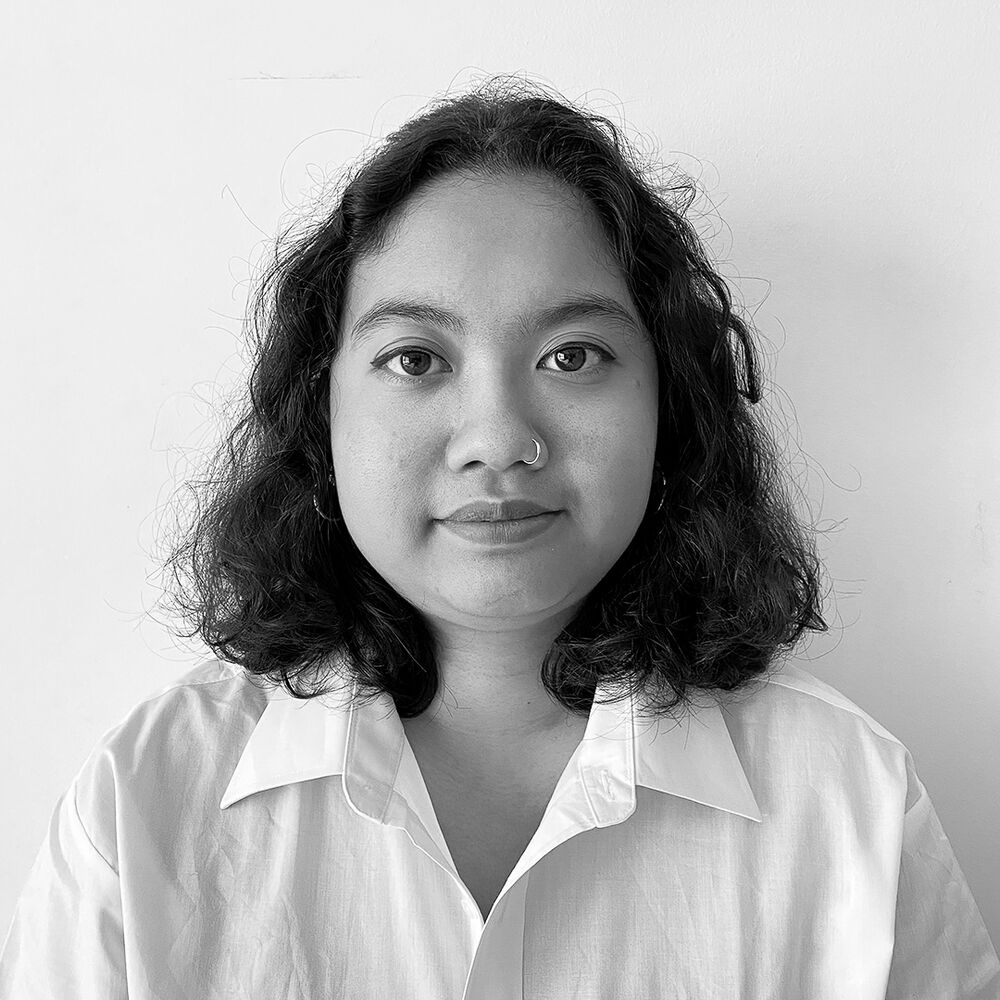

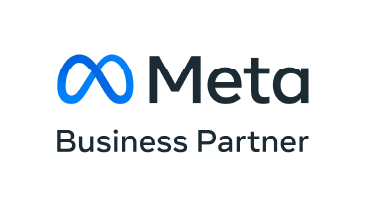

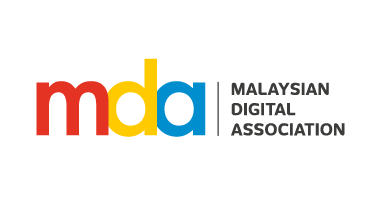
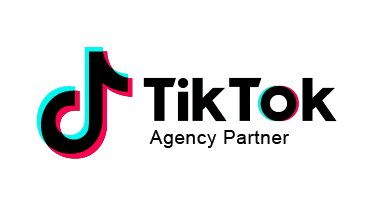



Join the discussion - 0 Comment